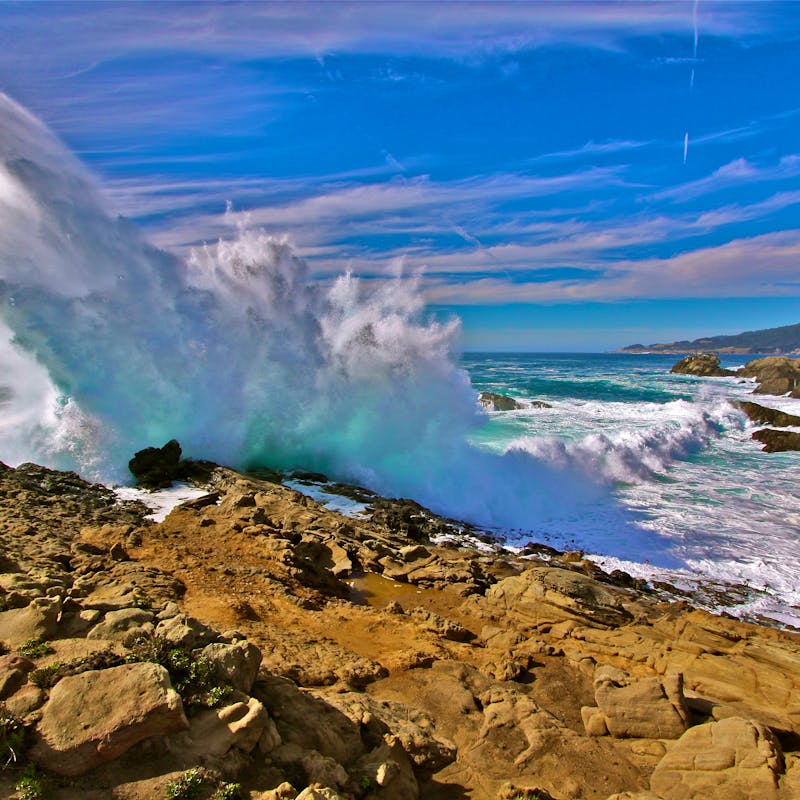Protected areas across United States coasts are in the sights of a new oil and gas drilling proposal released on Thursday by the Bureau of Ocean Energy Management. The Draft Proposed Program lists regions of America’s coastline the Trump administration plans to target for new offshore drilling as part of a plan to expand oil and gas leasing over the next five years. If finalized, the result will cast an industrialized shadow over swaths of the U.S. that have been repeatedly deemed too precious to drill.
“The Trump administration appears to have taken aim specifically at places that have been protected for years because of the importance of their marine ecosystems, their fisheries, and their coastal economies,” said Sierra Weaver, senior attorney for Defenders of Wildlife. “What does it say when our leaders declare those values meaningless in comparison to big oil?”
The Draft Proposed Program would open all waters along the coasts of California to oil and gas leasing under the next five-year program, along with parts of Alaska, the Arctic and the eastern Gulf that have previously been protected. The decision to target the Pacific coast comes in spite of the longstanding unpopularity of offshore drilling there.
"Anyone who has seen an oil-slicked sea otter or marine bird gasp its last breath would agree that we must pursue cleaner forms of energy," said Andrew Johnson, California representative for Defenders of Wildlife. "When greed and financial gain proceed despite overwhelming and persistent Californian opposition, damage falls on everything our coastal communities rely on — wildlife, food webs, fisheries and tourism."
A 1969 blowout and resulting oil spill off the coast of Santa Barbara is widely credited with prompting the modern environmental movement and creating steadfast West Coast opposition to drilling. The most recent oil leasing in California occurred in 1984, against the backdrop of litigation and legislative efforts to stop it. More recently, the 2015 Refugio Beach spill resulted in still more environmental and economic damage from decades-old oil leases.
In the Arctic, the plan targets fragile ecosystems covered in sea ice for most of the year. That long-term ice cover would make cleanup nearly impossible. Under the plan, 21 lease sales would be allowed in Alaska waters, including in the Beaufort and the Chukchi Seas of the Arctic Ocean. Both are home to polar bears, whales, walruses, and a broad and diverse range of bird species, and both received indefinite protections under the Obama administration in 2016.
Now that the Draft Proposed Program has been released, a 60-day public comment period is set to begin on Monday, Nov. 24. From locals in affected communities, to those who care deeply about the future of our oceans, the public has a chance to comment on the impact of drilling off U.S. shores.
For over 75 years, Defenders of Wildlife has remained dedicated to protecting all native animals and plants in their natural communities. With a nationwide network of nearly 2.1 million members and supporters, Defenders of Wildlife is a leading advocate for innovative solutions to safeguard our wildlife for generations to come. To learn more, please visit https://defenders.org/newsroom or follow us on X @Defenders.
Media Contact
News

Scientists Join Religious Community in Calling for a Strong Endangered Species Act







